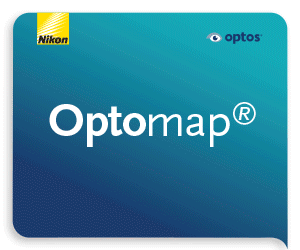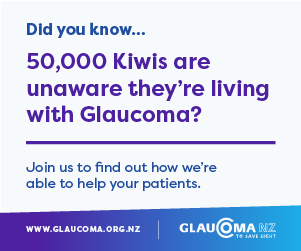New navigation aid for vision-impaired
A belt affording visually impaired wearers independent navigation by alerting them to obstacles has been developed by a US team.
Led by researchers at New York University Tandon School of Engineering, the electronic travel aid (ETA) comprises a belt worn on the users’ abdomen, paired with a camera and processor. Fitted with 10 piezoelectric actuators, the belt’s vibrations alert the wearer to the relative location of obstacles around them.

The VR device wearer's view of the obstacle course
Researchers noted that other ETA prototypes have been hampered by limited testing and refinement methods and set certification procedures for commercialisation. To address these and validate their ETA, the team developed an obstacle-avoidance task for 48 healthy subjects in a virtual reality (VR) environment while simulating the effects of age-related macular degeneration, diabetic retinopathy and glaucoma. VR simulations with healthy subjects also avoided the difficulty in recruiting subjects with specific visual impairments, they said.
The ETA significantly reduced the total number of collisions in the obstacle avoidance task and caused a significant reduction in completion time, the concluded. The study was published in PLOS Digital Health.
























